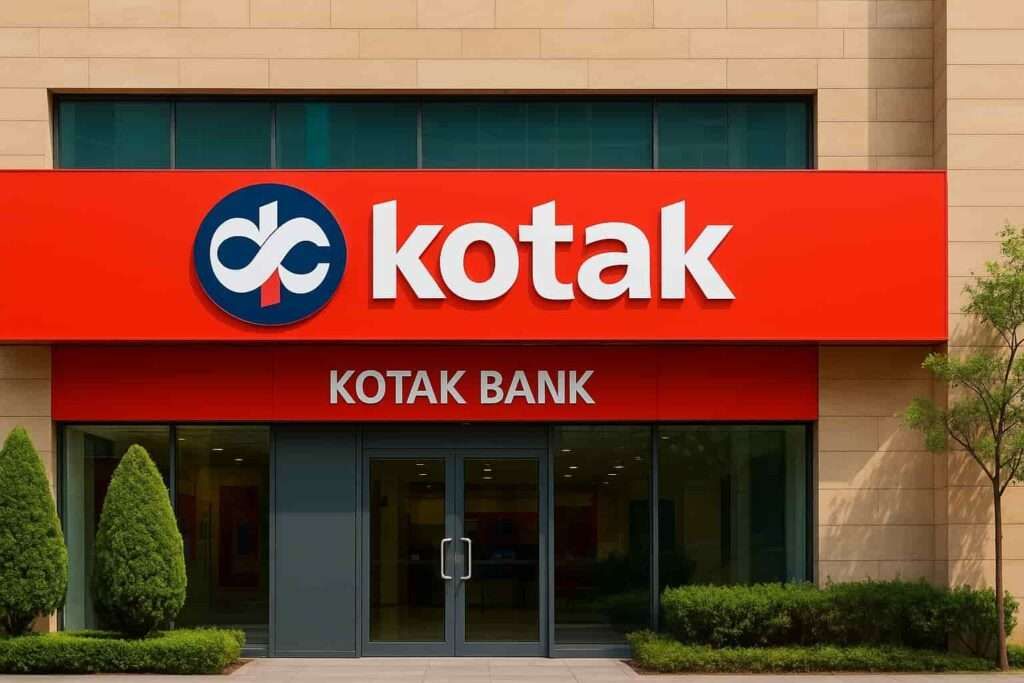7:45 PM IST: Kotak Mahindra Bank has officially scheduled a Board meeting on 21 November 2025 to review a proposal for a stock split of its fully paid-up equity shares with a face value of ₹5 each. While the headline looks simple, the development is more significant than it appears—especially because Kotak has not carried out a share split in nearly 15 years. The bank has split its shares at least five times already in past.
Unlike the usual “new index target” or “market buzz” stories, a stock split is a corporate action that directly shapes accessibility, perception, and liquidity. And here’s what investors need to understand before the November 21 decision.
Why Kotak Is Considering a Split Now
Kotak’s share price has historically stayed on the higher side compared to many private-sector peers. A split—if approved—would reduce the per-share trading price without changing the value of the holdings.
This strategy is commonly used, when a company or firm wants to make its shares more affordable for retail investors, boost liquidity, and increase access.
Unlike a bonus issue, which distributes additional shares from its reserves, a stock split does not change the intrinsic value of the company or the total wealth of shareholders in the firm. It simply divides one share into multiple units with a smaller face value.
Kotak’s likely motive:
- Improve liquidity
- Encourage more retail participation
- Bring its share price closer to the levels of other private banks for psychological comfort
- Signal confidence about future growth
What Will Change After a Split (If Approved)
The major detail to watch is the split ratio—for example, 1:5, 1:10, or any other structure. The bank will also announce the revised face value, record date, and effective implementation schedule on or after the Board meeting.
Example–
| Scenario | Before Split | After Split (Example: 1:5) |
|---|---|---|
| Face Value | ₹5 | ₹1 |
| Shares Owned | 10 | 50 |
| Total Value | ₹20,000 | ₹20,000 |
Note – For illustration only — the actual split ratio and revised face value will be announced on 21 November. The table below is a hypothetical example.
No wealth effect. Only denomination changes.
Why This Matters Now
The timing is interesting. With private banks seeing renewed interest, and Bank Nifty preparing for a volatile phase, such corporate actions often act as sentiment boosters.
Unlike earlier years, where splits were frequent across IT and midcaps, large banks rarely initiate them unless they see long-term value in broadening their investor base. Kotak revisiting it after more than a decade marks a notable shift.
What Investors Should Watch on Nov 21
- Split Ratio (most important)
- Revised Face Value
- Record Date
- Effective Date on Exchanges
- Any sign of future plans, like capital-raising or balance-sheet expansion
Bottom Line
Kotak’s stock split is not guaranteed until cleared by the Board, but the intent alone sends a clear signal: the bank wants its shares to become more accessible and more actively traded. For now, investors should simply track the November 21 announcement—this is where the real details will emerge.







